The Duke University Primate Center (Duke Lemur Center) was established
In 1966, the Duke University Primate Center, now known as the Duke Lemur Center, was established on 80…

In 1966, the Duke University Primate Center, now known as the Duke Lemur Center, was established on 80…
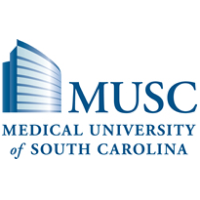
In 1966, the School of Allied Health Sciences was founded at the MCSC. It later became the College…

In 1966, Siemens, now Sivantos, presented the Siretta 339, the first in-the-ear hearing instrument. The history of electrical…
In 1966, a group of St. Jude patients were the first acute lymphoblastic leukemia (ALL) patients to ever…
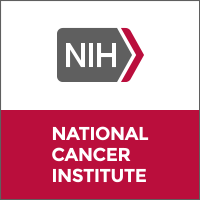
In 1966, the NCI standardized the testing of cancer-causing chemicals. The National Institute of Environmental Health Sciences (NIEHS)

In 1966, the Medical College of Virginia School of Basic Sciences and Graduate Studies was established.

In 1966, the Drug Efficacy Study of the National Research Council’s Division of Medical Sciences, which was tasked…
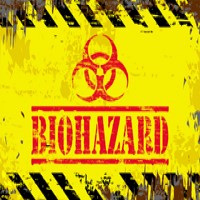
In 1966, the universal biohazard symbol (fire orange) warning sign used in doctor offices and medical establishments was…
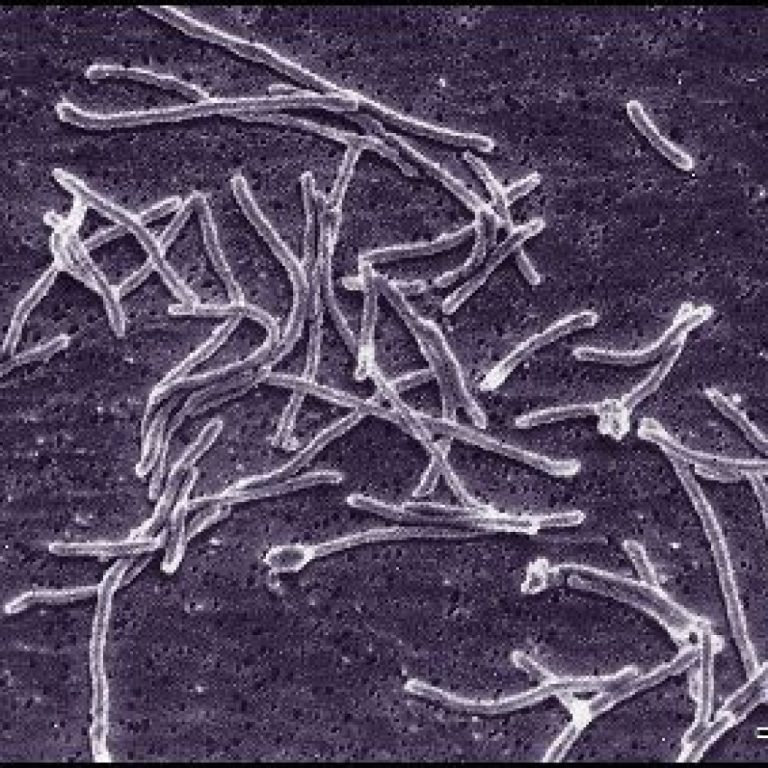
In 1966, Thermus aquaticus was first discovered in the Mushroom Pool of Lower Geyser Basin in Yellowstone National…
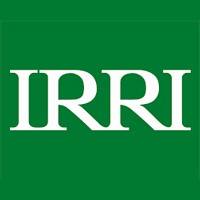
In 1966, a headline in the Manila Bulletin read MARCOS GETS MIRACLE RICE – the first time the…
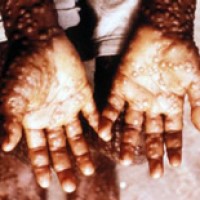
In 1966, members of the World Heath Organization implement a vaccination program to eradicate smallpox from the world…
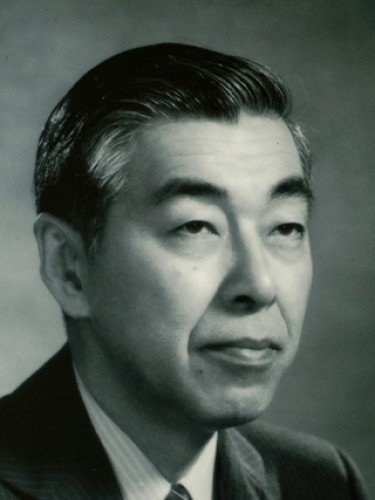
In 1966, Kimishige (“Kimi”) Ishizaka, along with his wife Teruko (‘Terry’) Ishizaka, first described a new antibody isotype:…
In 1966, the U.S. Food and Drug Administration (FDA) licensed amantadine (marketed as Symmetrel) to Du Pont, a…
In 1966, the U.S. Centers for Disease Control and Prevention (CDC) announced a national measles eradication campaign.
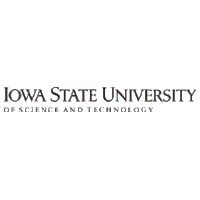
In 1966, pioneering work in inductively coupled plasma spectroscopy at Iowa State University led to an analysis tool…
In 1966, a merger formed between the Detroit Institute for Cancer Research, Yates Cancer Detection Clinic, Michigan Cancer…
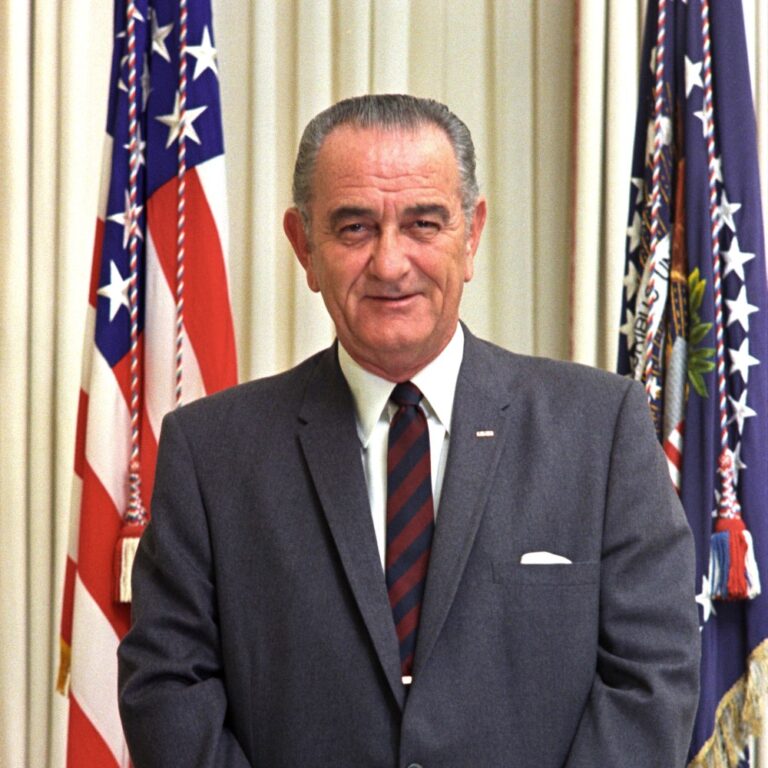
On Nov. 23, 1965, President Lyndon Johnson announced plans for a 5-year smallpox eradication and measles control program…

On Sept. 24, 1965, President Johnson nominated William H. Stewart as U.S. Surgeon General.

On Sept. 9, 1965, Simon Fraser University was founded. The university is named after Simon Fraser, loyalist, fur…

On Jul. 15, 1965, the Drug Abuse Control Amendments, which protected the public health and safety by amending…
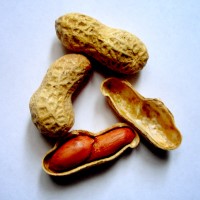
On Jul. 8, 1965, the revised food standard for peanut butter was issued.
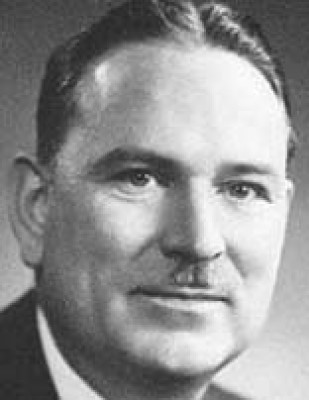
In 1965, the American Chemical Society awarded the Priestley Medal to William J. Sparks ‘for his numerous contributions…

On Apr. 8, 1965, the Association for Accreditation of Laboratory Animal Care (AAALAC) filed its articles of incorporation…
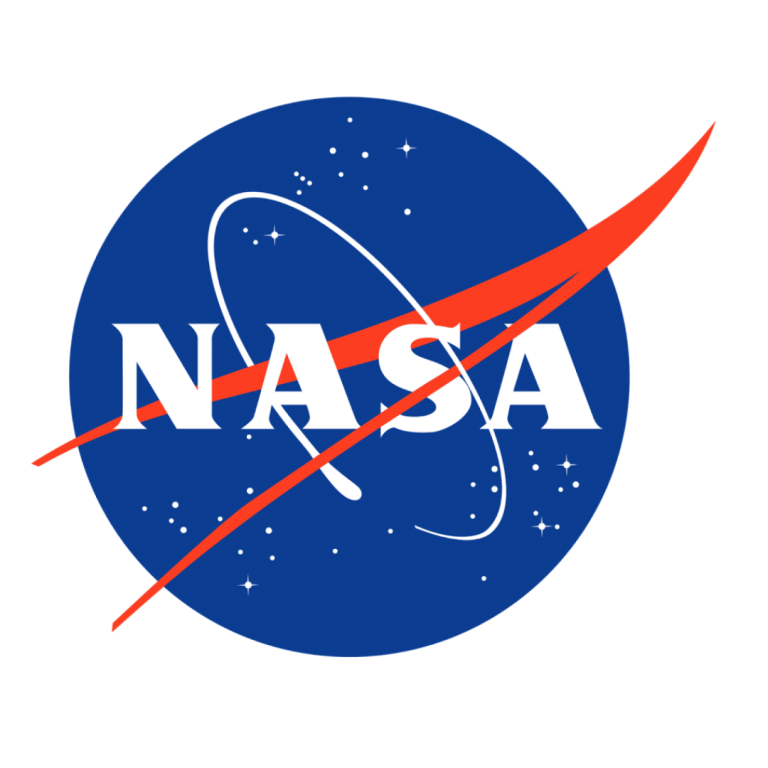
On Feb. 9, 1965, the U.S. Centers for Disease Control and Prevention (CDC) – NASA Technology of Spacecraft…

In September 1665, at the height of the great plague in London, more than 7,100 died in one…
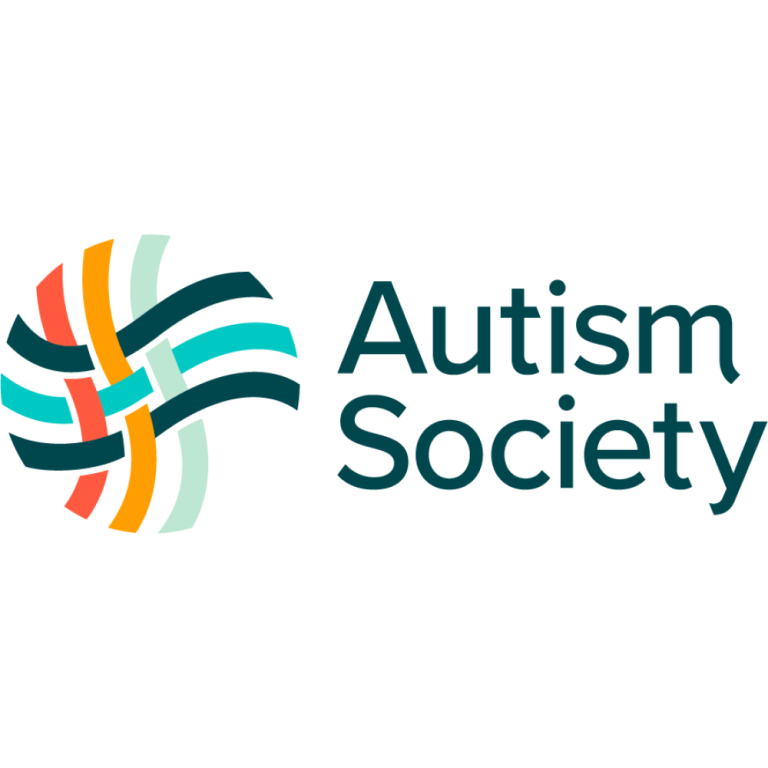
In 1965, the National Society for Autistic Children (later renamed the Autism Society of America) was founded by…

In 1965, Life magazine reported on Ivar Lovaas, a UCLA psychologist, whose work is the foundation of applied…
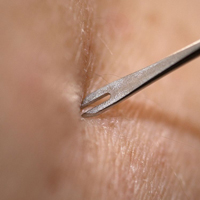
In 1965,tThe bifurcated needle for smallpox vaccine was introduced. In 1961 the bifurcated needle was developed as a…
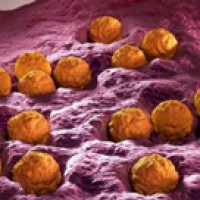
In 1965, the rubella virus was attenuated by a NIH research team lead by Paul Parkman and Harry…
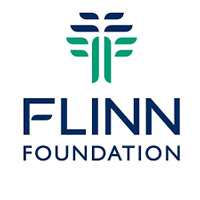
In 1965, the Flinn Foundation, a privately endowed grantmaking organization, was founded by Dr. and Mrs. Robert S….